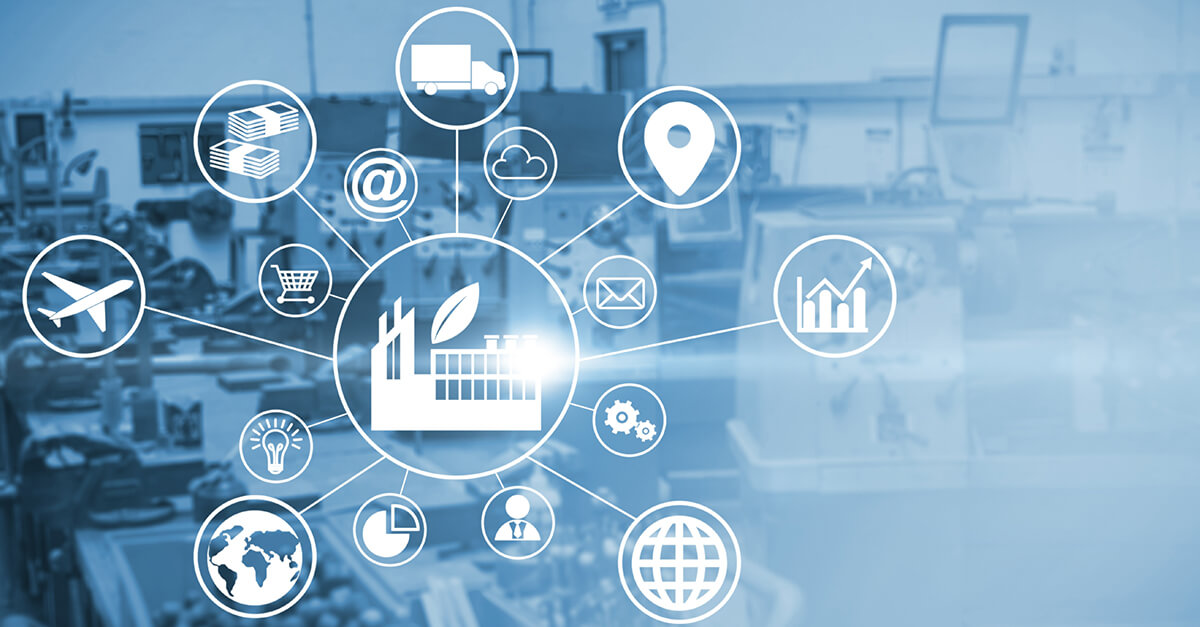
From Banks to Retailers: How Different Industries Are Automating Smarter
With the global economy facing uncertain headwinds, Forrester recommends companies start reining in tech spending with the exception of automation. The research firm recommends that companies increase spending on automation technologies that “improve customer experience and reduce costs.” High-performing companies across industries looking to gain competitive advantage in a VUCA world are charging forward with their intelligent automation programs. From banks to retailers, we’re going to break down how companies across different industries are automating smarter.
Here’s how companies across several industries are approaching intelligent automation
Retail – Give your chatbots brains
With more consumers preferring to solve problems on their own, chatbots are increasingly considered table stakes for retailers looking to improve their digital experience. But how do you make your digital customer service reps smarter so that shoppers are happier, and issues are resolved quicker with less human intervention?
TotalRetail reports three ways intelligent automation can help. First, RPA can help connect your systems and provide contextual information longer than a few chat bubbles by accessing back-end applications with actionable content. Second, IDP can give your chatbot the cognitive skills to think like a human by transforming unstructured data fueling enterprise systems. And third, process mining can create a digital twin of your processes so you can identify the best way to automate processes, monitor chatbots’ workflows, and predict how variations will impact the customer experience.
Great customer service is driven by seamless, pleasant and efficient interactions, and a chatbot supercharged with intelligent automation can make that happen.
Healthcare – Assimilate the growing volume of data
Data is a primary driver of healthcare decisions. Collecting more data generates more information and knowledge, thus enabling better judgment and outcomes. Medical students today are exposed to less than 6% of all medical knowledge, and it takes practitioners about 17 years to adopt a new practice according to HealthITNews – even after research studies have proven it to be effective and preferred.
Finding relevant information quickly can be automated using simplified guided interfaces in which a digital assistant can identify, search and curate findings from multiple sources to extract the desired data. Similarly, AI-powered approaches are emerging to analyze patient information stored in EHRs for the purpose of reviewing quality, safety, compliance and operational effectiveness.
In the clinical space, recent regulation has mandated the use of real-world evidence in drug development. Observational studies can cover large patient populations from whom data need to be collected, verified, processed and analyzed in a secure and compliant manner. These steps are often manual, repetitive, and error prone. Automation can speed this required data gathering while reducing errors.
Moving medicine into a future data-driven world where data from many sources can be quickly cleansed, curated, and used to improve health outcomes requires a range of intelligent automation technologies.
Financial Services – Scale through governance
As an early adopter of intelligent automation, the financial services sector is encountering its governance challenges sooner than other industries. From remotely verifying customers’ identities to using NLP to make customer service chatbots more responsive, the industry regularly tackles use cases that exploit AI’s potential to process unstructured data, such as text and images, to automate steps in a process that would otherwise require human perception.
When intelligent automation incorporates AI-powered decision making, it can present new governance challenges, such as the risk of AI bias. This requires simulating the outcome of automated decisions and testing them before and after deployment. Tech Monitor reports financial institutions that develop their own models to automate decisions, such as loan applications, will have to take particular care.
Creating centers of excellence is a common approach to governing automation although they must be well integrated into the business to be successful.
Government – Streamline citizen services
RPA continues to play a big role in helping government agencies worldwide do business more efficiently. Through the implementation of more than 120 automations available in every GSA office in the US, employees have been able to optimize and streamline processes, reduce errors, and redirect the time that would have been spent on rudimentary tasks, allowing them to prioritize the agency’s highest value work. ExecutiveGov writes GSA is working to adopt more intelligent automation such as optical character recognition and natural language processing software, designed to capture unstructured data from images and documents with different types or formats.
VITAL, a government agency in Singapore managing corporate shared services, is launching a new cloud-native automation platform which will help make robotic automation a norm for Singapore government agencies. Beyond bots, according to GovInsider, the agencies can also enjoy a range of features including AI-related products like document analysis, process and task mining, as well as the generation of insights from unstructured information, processes and tasks.
The impact of front-facing government services augmented with technology is tangible and easily appreciated.
Manufacturing – Create digital supply chains
Predicting demand of goods and materials across multiple geographies in the supply chain requires effective digital integration and connections. Automation breaks down supply chain silos and provides insight, so that goods and materials are ready where they’re required. The Manufacturer writes that tasks completed as part of inventory management, such as manually checking stock levels and highlighting shortages, are great candidates for automation.
A leading supplier of steel and metals, Norsk Stål, shows what can be achieved with RPA and intelligent automation in supply chain demand planning. Across their plants, a team optimizes how to effectively manufacture steel products to meet customer deadlines — and to minimizes waste. Each day, production planners provide a digital worker with an estimate of the maximum workload for the plants.
Pinpointing areas of the supply chain to drive productivity, deliver on time, and reduce costs is crucial for manufacturers’ near- and long-term success.
Start Now, Think Big, Go Fast
While scalable, sustainable intelligent automation solutions vary across industries, they rely on a diverse technology mix to shift from delivering tactical to strategic workflow automation. With advanced tools, your enterprise has the power and resiliency, it needs to serve customers right.
If you want to learn more about how IA helps you win in the market and delivers operational excellence to the enterprise, let’s talk.

